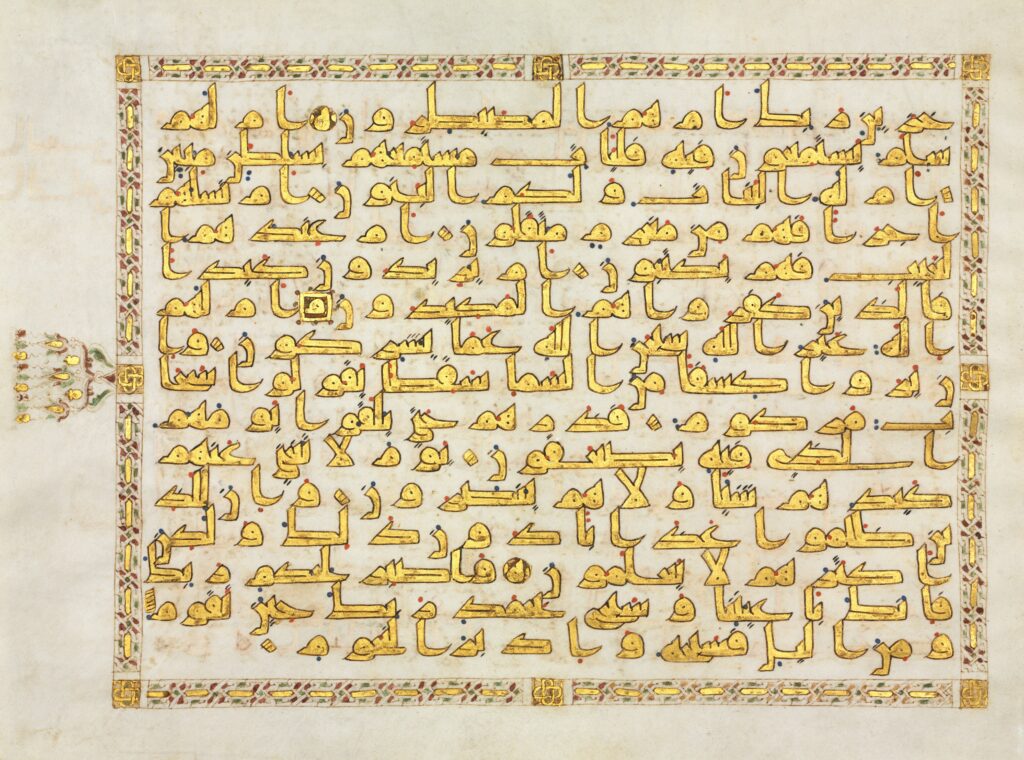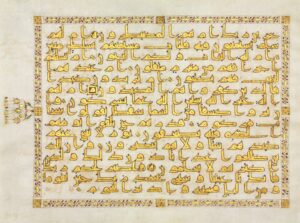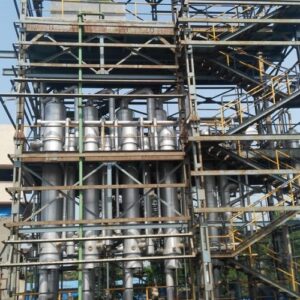

The Arabic language, with its rich history and profound influence, has undergone significant transformation over centuries. From its ancient origins to its global presence today, Arabic has evolved in unique ways, shaped by cultural, historical, and technological changes. This blog explores the journey of the Arabic language, tracing its roots, geographic expansion, literary growth, and modern transformations.
Origins and Early Development
Pre-Islamic Arabic Roots: Arabic, as a Semitic language, traces its origins back to the Arabian Peninsula. The earliest form of Arabic can be found in inscriptions dating back to the 6th century BCE. It evolved from earlier Semitic languages, with its distinct script emerging in the pre-Islamic era.
Classical Arabic Formation: By the time of the Prophet Muhammad, Classical Arabic had solidified as the language of poetry, communication, and literature. Its formalization was further cemented with the revelation of the Quran, which preserved and standardized its grammar and vocabulary.
Influence of the Quran: The Quran’s revelation in Arabic had a profound impact on the language, elevating its linguistic features to an unmatched level of eloquence. It helped solidify Arabic as the sacred language of Islam, making it the central language of religious and scholarly pursuits for centuries.
Early Written Records: Early written records of Arabic include inscriptions and manuscripts, some of which date back to the pre-Islamic period. These texts were instrumental in documenting the development of the Arabic script and language.
Geographic Expansion
Islamic Golden Age Impact: During the Islamic Golden Age, Arabic spread far beyond the Arabian Peninsula. As the Islamic empire expanded across North Africa, Spain, and the Middle East, Arabic became the lingua franca of the Islamic world, influencing art, science, and philosophy.
Trade Route Influences: The growth of trade routes across the Islamic empire facilitated the spread of Arabic to regions such as Sub-Saharan Africa and Central Asia. Arabic became the language of commerce, scholarship, and diplomacy, further embedding itself in the cultures it touched.
Regional Dialects Emergence: As Arabic spread, regional dialects began to emerge, influenced by local languages and cultures. While Modern Standard Arabic remains the formal language, these dialects, such as Egyptian, Levantine, and Gulf Arabic, have become widely spoken across the Arab world.
Literary Evolution
Classical Poetry Development: In the early centuries of Islam, Arabic poetry flourished, with poets like Imru’ al-Qais and Al-Mutanabbi shaping the literary landscape. Classical Arabic poetry played a significant role in preserving the beauty and complexity of the language.
Medieval Arabic Literature: The medieval period saw the rise of important literary works, including philosophical texts, historical records, and scientific treatises. These works contributed to the rich tapestry of Arabic literature and ensured the language’s survival through challenging times.
Modern Literary Movements: In the 19th and 20th centuries, Arabic literature underwent a revival, with writers like Naguib Mahfouz and Tayeb Salih exploring contemporary issues and pushing the boundaries of traditional Arabic literature.
Contemporary Writing Styles: Today, Arabic writers continue to experiment with form and content, blending traditional themes with modern concerns. Contemporary Arabic literature reflects the complexities of the Arab world, addressing social, political, and cultural topics.
Digital Age Adaptations: The rise of the internet and digital media has brought new opportunities for Arabic expression. Social media platforms, blogs, and online publications have transformed how the Arabic language is used and understood, creating new spaces for cultural exchange.
Linguistic Features
Sound System Changes: Over time, the sound system of Arabic has evolved, with certain phonetic shifts occurring in various regional dialects. Despite these changes, the core phonetic structure of the language has remained intact.
Grammar Modifications: While the basic grammatical framework of Arabic has remained consistent, certain changes have occurred, particularly in regional dialects. However, Modern Standard Arabic preserves the formal grammar used in literature, media, and education.
Vocabulary Growth: Arabic vocabulary has expanded significantly over the years, incorporating words from various languages due to trade, conquest, and cultural exchange. This growth has made Arabic a rich, adaptable language that continues to evolve.
Modern Transformations
Standard vs Colloquial Arabic: Today, the distinction between Standard Arabic (used in formal settings like media and education) and colloquial Arabic (spoken in daily life) is more pronounced. While they share the same roots, the variations in pronunciation, vocabulary, and grammar can be significant.
Media Influence: The Arabic language has been shaped by the media, with television, radio, and online platforms playing a central role in shaping modern usage. Newscasters and broadcasters help standardize Arabic across the Arab world, yet local dialects still thrive in entertainment and casual conversations.
Technology Impact: Technology has also influenced Arabic, particularly through the internet. The adoption of Arabic in digital spaces has led to new terms and expressions, as well as the adaptation of the script for digital use in social media and online communication.
Global Business Arabic: As the Arab world grows in economic power, Arabic has gained importance in international business. Learning Arabic has become a valuable skill for those engaged in trade, diplomacy, and international relations.
Cultural Preservation
Arabic is more than just a means of communication; it is a cultural treasure that connects generations of Arabs to their heritage. The preservation of the language is vital, and institutions such as universities, language academies, and digital documentation projects play a crucial role in ensuring its continuity.
Academic Institutions: Universities across the Arab world and abroad continue to teach Arabic, preserving its classical forms and adapting the language for modern use.
Language Academies: Institutions like the Arabic Language Academy in Cairo and other regional bodies are dedicated to maintaining and enriching the Arabic language.
Digital Documentation: The rise of digital tools has made it easier to document and preserve the Arabic language, from ancient texts to modern-day conversations. Online databases, e-books, and digital archives are ensuring that Arabic remains a living, evolving language.
Conclusion
The evolution of the Arabic language is a testament to its resilience, adaptability, and cultural importance. From its early roots in the Arabian Peninsula to its role as a global language today, Arabic continues to grow and evolve, reflecting the dynamic nature of the Arab world. Whether through its classical forms or modern adaptations, Arabic remains a language of profound significance, carrying with it the rich cultural heritage of millions of people.






